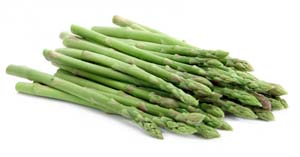Today's Medical Topic: The spleen. What does it do? Why do we have one? Let's find out.
 |
| Even I understand this feedback loop. |
My Research Today: Sepsis is caused by a bacterial, fungal, or (rarely) viral infection that has gotten into your blood stream. It is more common in elderly and very young people. Septic shock is an acute inflammatory response to the infection in your blood stream which can cause all sorts of problems leading to death.
This inflammatory response from the invading pathogen is actually from the toxins the pathogen produces. This in turn can cause a cascading multiple organ failure in which your body cannot maintain homeostasis due to the organ damage from the toxins. This will lead to cardiogenic shock which is the inability of your heart to output an adequate amount of oxygenated blood. This causes cell death throughout your body.
The inflammation can also cause pulmonary edema making your lungs fill with fluid and then you drown in your own juices. I am not sure if this is preferable to the above option or not.
So in this case the inflammatory response is a positive feedback loop of your body overworking to try to fight the infection which ends up making things worse. As it progresses it compounds the inflammation exponentially.
Most management is supportive care, like a mechanical ventilator, hemologic or support to keep your blood pressure up. Your body either survives until antibiotics can take effect or dies due to massive organ damage.
Welp, I am done for the day.
 |
| It can also be caused by Snookie |
The inflammation can also cause pulmonary edema making your lungs fill with fluid and then you drown in your own juices. I am not sure if this is preferable to the above option or not.
 |
| Pulmonary edema can also be caused by Snookie. |
Most management is supportive care, like a mechanical ventilator, hemologic or support to keep your blood pressure up. Your body either survives until antibiotics can take effect or dies due to massive organ damage.
Welp, I am done for the day.
Send questions or comments to dudaday@gmail.com
Disclaimer: I am not a health care provider, any information presented in this blog should not be considered advice it is mearly an outlet to slake my curiosity. You should always consult your primary medical provider for any concerns or illness. Unlike Tylenol, I am not approved by the FDA or American Medical Association to treat or provide relief for any ailment.














































